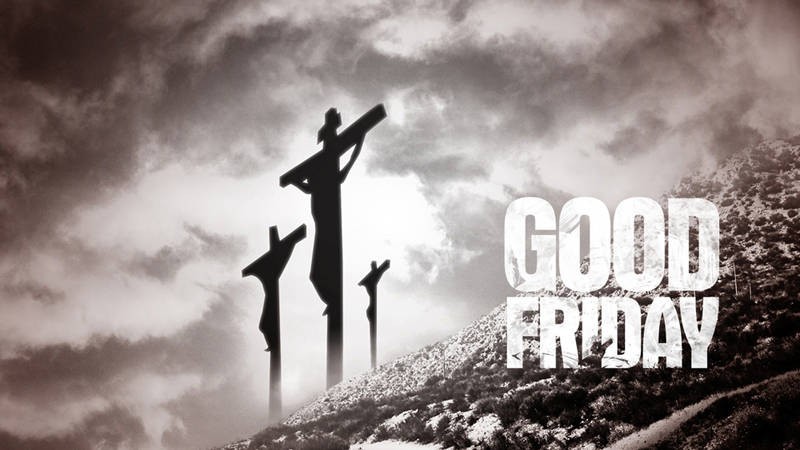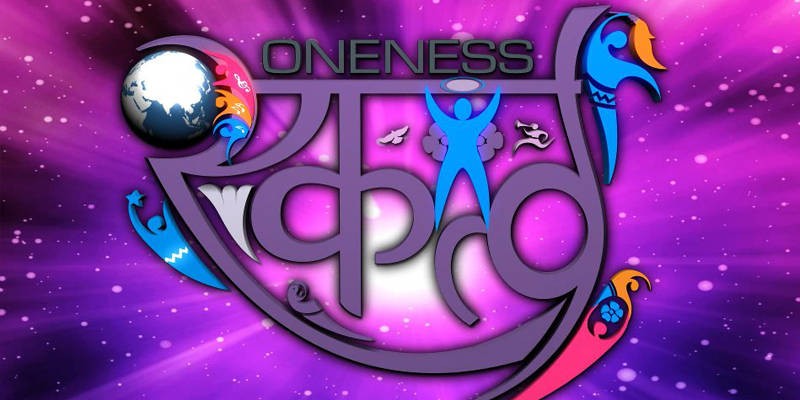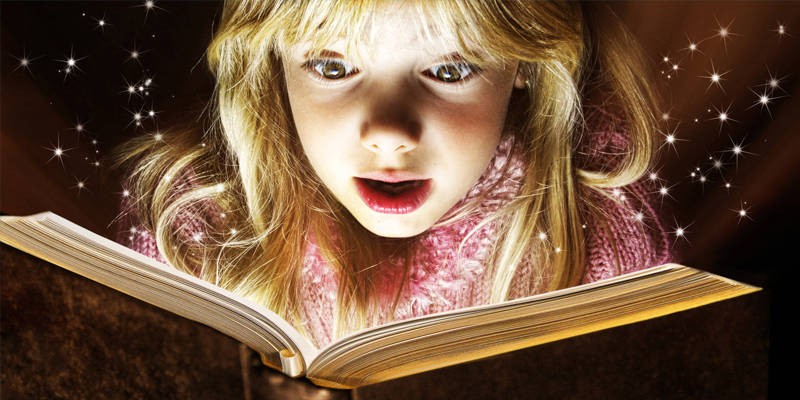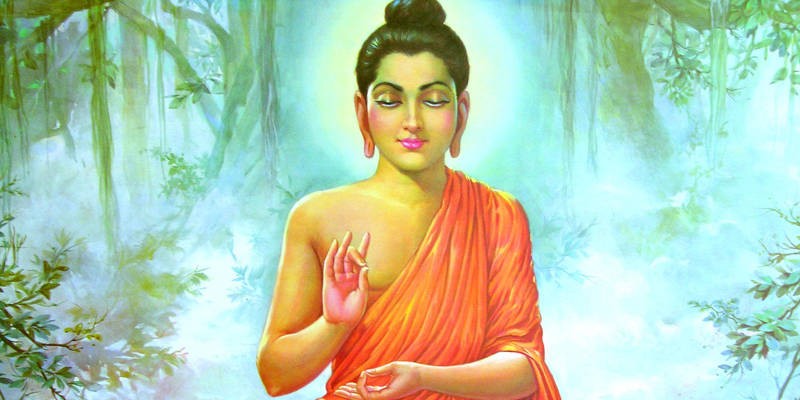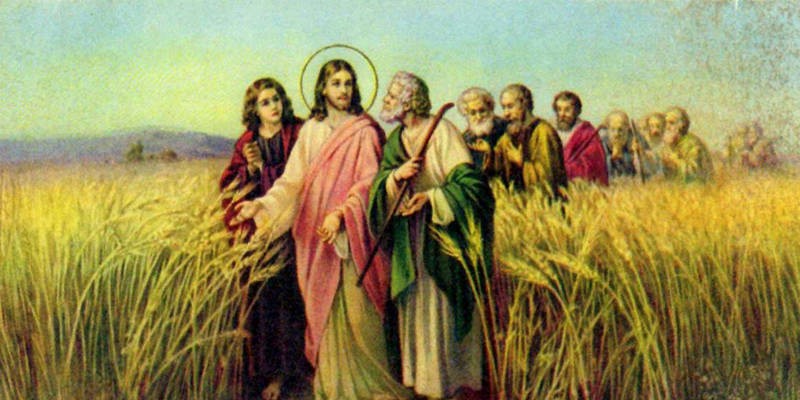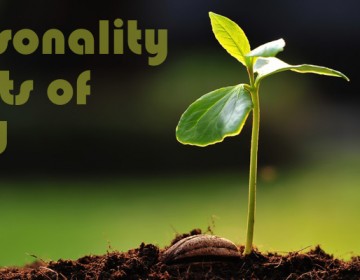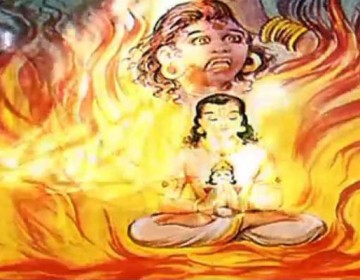Good Friday commemorates the suffering and sacrificial death of Jesus Christ. It is observed by Christians around the world, especially in the Catholic and Anglican countries. For Christians in India, too, it is a day dedicated to fasting, praying, and meditating on the agony and suffering of Jesus. Many churches have a subdued service with solemn hymns and prayers of thanksgiving. The message is centered on observance of the Lord’s Supper and his suffering for his followers. The Friday before Easter Sunday is Good Friday, the day Jesus was crucified. It is also known as Easter Friday, Black Friday, Holy Friday or Great Friday. In Eastern Christianity, which follows the Julian calendar, Easter falls on the first Sunday following the full Moon on or after March 21, the date of the spring equinox. The Western calculation uses the Gregorian or Christian calendar introduced by Pope Gregory XIII in 1582.
Five Noble Pledges of Sant Nirankari Mission
The pursuit of Truth is a universal phenomenon. Religious faiths all across the world proclaim to preach it, and amongst them they agree that there is no greater Truth than the Supreme Being, the Creator of the Universe, the Almighty Formless One – Nirankar. The many and varied names for God all represent an omnipresent, all-pervasive, omniscient, and Supreme Entity.
All the sages, seers, saints, gurus and prophets from across time have, therefore, preached the same Ultimate Truth; God. The approach, however, might have been different. The various Holy Scriptures are the milestones representing the flow of Divine Thought. These writings and teachings were meant to reveal the Ultimate Truth. History, however, shows that rituals and dogmas overwhelmed the essential Truth behind these teachings, creating confusion and division between religions, sects, and communities. Continue Reading
Life Before and after the God Knowledge
This is the misfortune of our society that it neither forgives nor gives a chance to repent. To err is human. If we do not give a man the chance to repent, how would he improve? For example, does a thief who has already been punished by the law not have the right to be forgiven? Continue Reading
Some More Spiritual Parables
- We find a big stone which has been lying in deep water for a pretty long time. Yet it has not lost the quality of igniting fire. Likewise, a saint does not give-up his divine nature despite being surrounded by disfavourable environment for long. Continue Reading
Role of the True Master
God’s attributes are countless; most of which have been scribed in the Holy Scriptures. The salient features are stated in the following lines: Continue Reading
Some Parables Useful for Practical Life
- Two goats were coming from opposite directions, wanting to cross a stream by walking over a fallen tree connecting the two banks. As they moved and faced each other in the middle of the stream, both quarreled and stuck their horns at each other. Eventually both fell into the stream and died. Both were adamant to cross the stream first, but they lost their lives. Continue Reading
Precious Parables of Spirituality
The precious parables are of course utmost important as they arise us and make us understand the real priority and to lead a balanced life. Continue Reading
Precious Parables
- There is utter darkness everywhere during “Amavasya “the darkest night of the month. A person who is moving about forlorn sees a ray of light at a remote distance in a cottage. Although the light is dim, it has lot of values in terms of guiding the person to proceed in the right direction. Similarly, an enlightened person may illuminate the path of several others. He should never consider his contribution as insignificant. Continue Reading
From Darkness to Light
O’God! From untruth, lead me to Light
From death, lead me to Immortality Peace, Peace, Peace.
(Bridhardanyaka Upanishad 1:3-28.)
God is the Supreme Light. The same Divine Light manifests itself in the human form as the True Master.
Baba Avtar Singh Nirankari said in one of his Sermons: “A blind can neither see himself nor the sighted ones; But a sighted person can see both – the blind as well as the sighted.” Continue Reading

